Travel Photography: Quality of Light
This article appeared in April issue of Terrascape, a travel magazine for which I am an editorial consultant and also write a column on photography. Read all the earlier earlier travel photography articles on India Travel Blog.
Light plays an important role in photographing any subjects, be it outdoor or indoor. While one has to wait for the right time to get good light when shooting outdoors, the importance of quality of light has resulted in creation thousands of commercially available lighting equipment for indoor photography. In this edition of photography tips, let’s look at understanding how different type of lighting affects the quality of an image. Each type of light has its own advantages and disadvantages. Photographers must carefully assess the subject and the lighting before taking a picture.
Harsh and direct light. This type of lighting usually occurs during mid-day, when the sun is strong. Harsh, direct light creates strong shadows. Since the difference in brightness between directly lit areas and shadows are very high, most cameras will not be able to capture the details in both parts of the frame. This often results in areas in the shadow becoming very dark, or the lit areas becoming excessively bright.
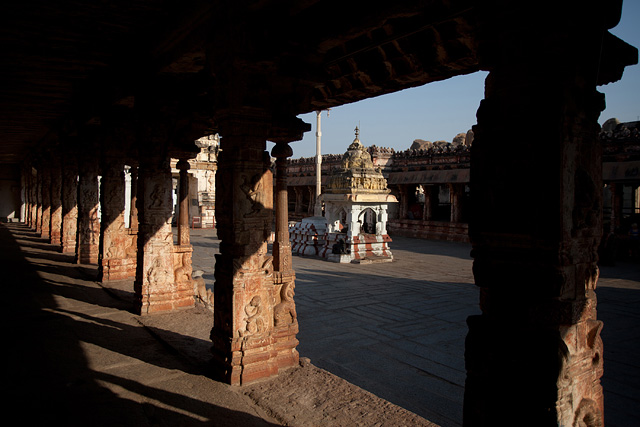
Harsh lighting
Diffused light. Diffused light occurs on overcast days when the sun is hidden by clouds. This allows uniform lighting all around the subject, since sun rays do not hit the subject directly. Impact of shadow is minimal or does not exist. Colours get recorded with greater fidelity in such lighting. However, lack of contrast also means that the depth in the subject will not be apparent in the two-dimensional image.
Foggy days are an extreme case of diffused light, in which you don’t see much of the details on the object’s surface. Such light is useful when the subject has interesting contours.
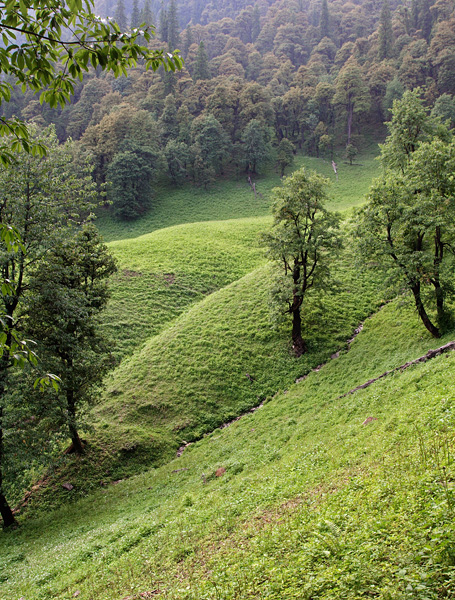
Diffused light on an overcast day. Notice how the tree at the center of the image barely casts a shadow.
Backlight. Backlighting occurs when the subject lies between the camera and the light source. As the light falls on the surface of the subject that is not facing the camera, the camera sees the shadow of the subject and not the details. The background, where the light source is, will be much brighter than the subject itself. Such lighting creates silhouettes and the details in the subject will not be visible. This is not a suitable lighting condition in most cases, unless the contour or shape of the subject is more important than the details in the subject.
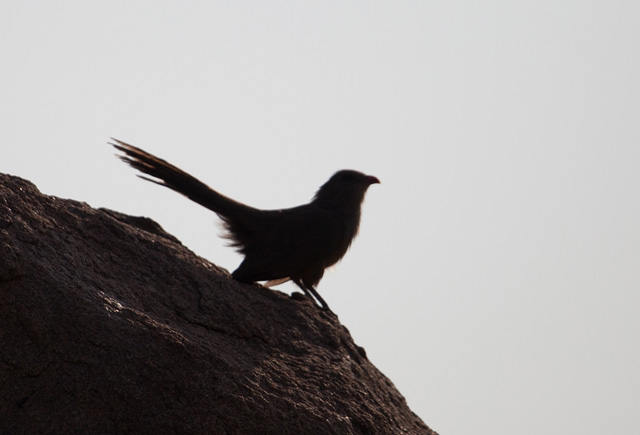
backlight produces silhouettes.
Sidelight. This is a lighting situation in which the light incident on the subject is perpendicular to the axis of the camera lens. In outdoor conditions, this happens in morning and evening hours, when the intensity of light is also not harsh. Side-lit objects have more brightness on one side and fades gently on the opposite side. This usually creates variation in lighting the subject, which helps show its depth. In case of morning and evening sun, the quality of light is also soft, which casts gentle shadows unlike the harsh afternoon light.
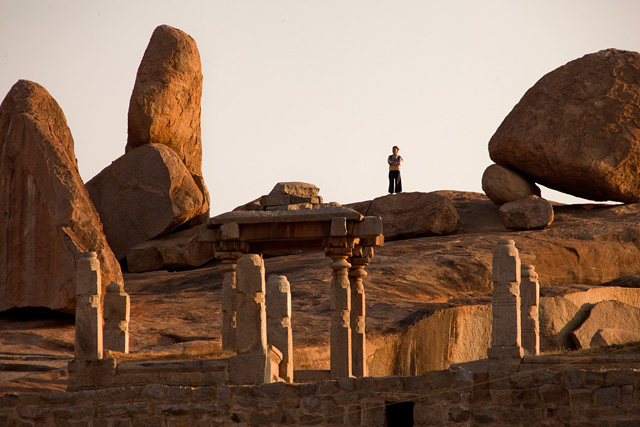
sidelight is apparent here in the pillars as well as the boulders.
Multiple light sources. Using multiple light sources help in eliminating some problems occurring with just one light. For example, afternoon light tends to cause dark shadows around the eyes (as the eyes are located in a depression), which can be countered using a flash light incident on the person’s face. While studios use a variety of light sources together to achieve desirable effects, this can be used with limited capability for subjects close to the camera when shooting outdoor.
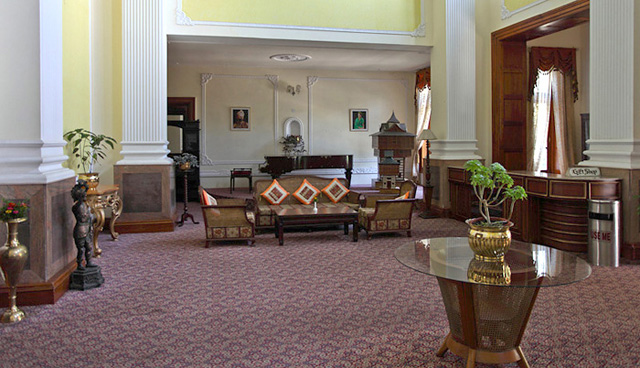
Complex subjects like this require multiple light sources to ensure that no part of the frame is excessively bright or dark.